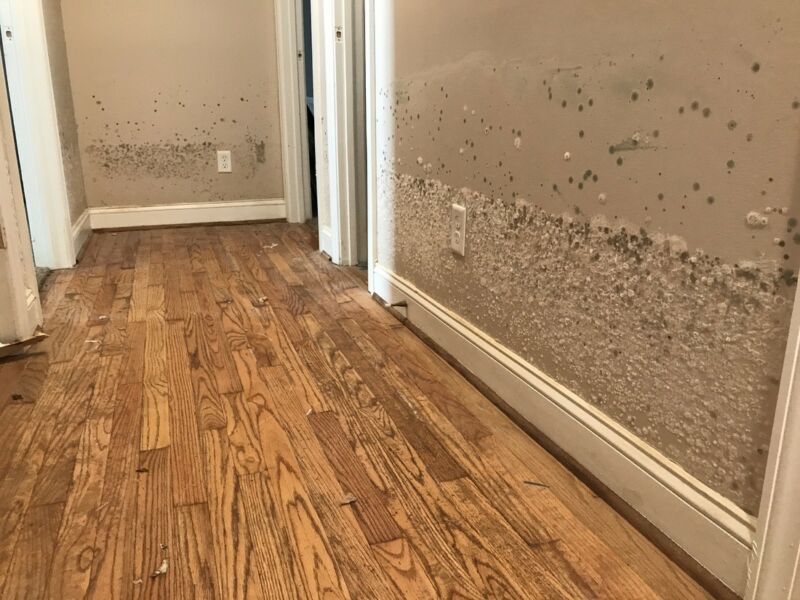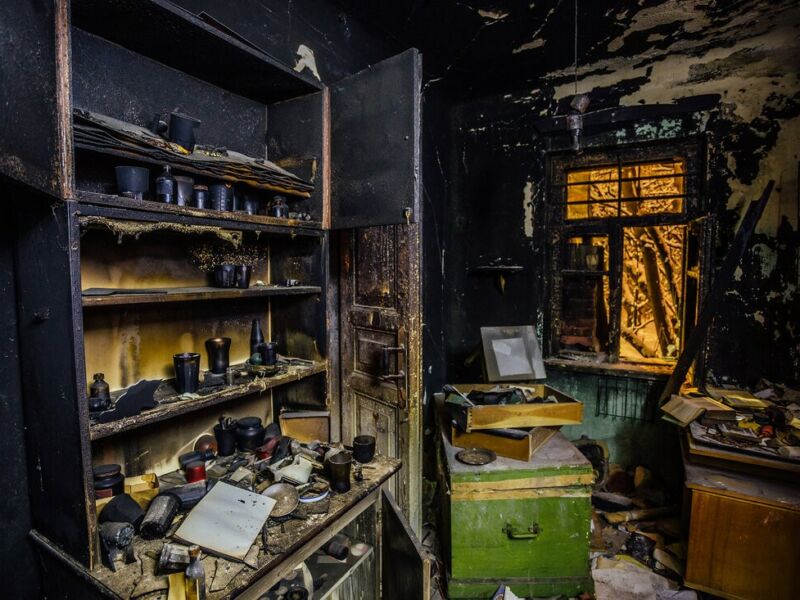
Introduction
Water damage in hardwood floors can be a homeowner’s worst nightmare. Whether it’s due to a leaky pipe, a flood, or a spill that was left unattended, water can cause significant damage to hardwood floors if not addressed promptly. In this article, we will explore the process of repairing and restoring water damage in hardwood floors, covering everything from identifying the problem to implementing the necessary repairs.
Identifying Water Damage in Hardwood Floors

Before diving into the repair process, it’s crucial to identify and assess the extent of the water damage. Signs of water damage in hardwood floors may include:
– Cupping: The wood planks appear concave, with the edges higher than the center.
– Buckling: The wood planks have lifted from the subfloor, causing noticeable bumps or waves.
– Stains or discoloration: Dark spots or changes in the color of the wood indicate water damage.
– Softness or sponginess: The wood feels soft or squishy when pressure is applied.
Repairing Water Damage in Hardwood Floors
Once the water damage has been identified, it’s essential to act quickly to prevent further deterioration. Here are some steps to repair water damage in hardwood floors:
1. Remove the water source: If the water damage is due to a leak or a spill, locate and address the source to prevent further water intrusion.

2. Dry the area: Use fans, dehumidifiers, or specialized drying equipment to remove moisture from the affected area. This step may take several days, depending on the extent of the water damage.
3. Sand and refinish: If the damage is minimal and limited to the surface, sanding and refinishing may be sufficient to restore the appearance of the hardwood floor. This process involves sanding down the damaged area, applying stain or finish, and sealing the floor.
4. Replace damaged boards: If the water damage is severe, and the affected boards are beyond repair, they will need to be replaced. This process involves removing the damaged boards, installing new ones, and ensuring a seamless transition with the existing floor.
Restoring Water Damage in Hardwood Floors
After the repair process, it’s vital to take steps to restore the hardwood floor and prevent future water damage. Here are some tips for restoring water-damaged hardwood floors:
1. Apply a protective sealant: Once the repairs are complete, applying a high-quality sealant can help protect the wood from moisture and prevent future water damage.
2. Monitor humidity levels: Maintaining balanced humidity levels in the home can prevent the wood from absorbing excess moisture, reducing the risk of water damage. Use a humidity monitor and consider using a dehumidifier or humidifier if necessary.
3. Clean spills promptly: Accidents happen, but it’s crucial to clean up spills promptly to prevent water from seeping into the hardwood floor. Use absorbent materials and a mild cleaning solution to remove any moisture.
4. Conduct regular inspections: Periodically inspect the hardwood floor for signs of water damage, such as cupping, buckling, or discoloration. Catching and addressing potential issues early can save you time and money in the long run.
Conclusion
Water damage in hardwood floors can be a challenging problem to address, but with prompt action and proper repairs, it’s possible to restore the beauty and functionality of the floor. Remember to act quickly when water damage occurs, identify the extent of the damage, and take the necessary steps to repair and restore the hardwood floor. By following these guidelines, you can ensure the longevity and durability of your hardwood floors for years to come.
What should I do if I notice water damage in my hardwood floors?
How can I prevent water damage in hardwood floors?
Important facts and statistics about water damage:
- Homes in the United States leak over one trillion gallons of water every year.
- 10% of households will waste over 90 gallons of water each day through minor leaks and drips.
- Water damage affects around 14,000 people in the U.S. annually.
- Approximately 1.6% of homes nationwide will experience water damage in any given year.
For more information about water damage restoration, you can visit the following resources:



